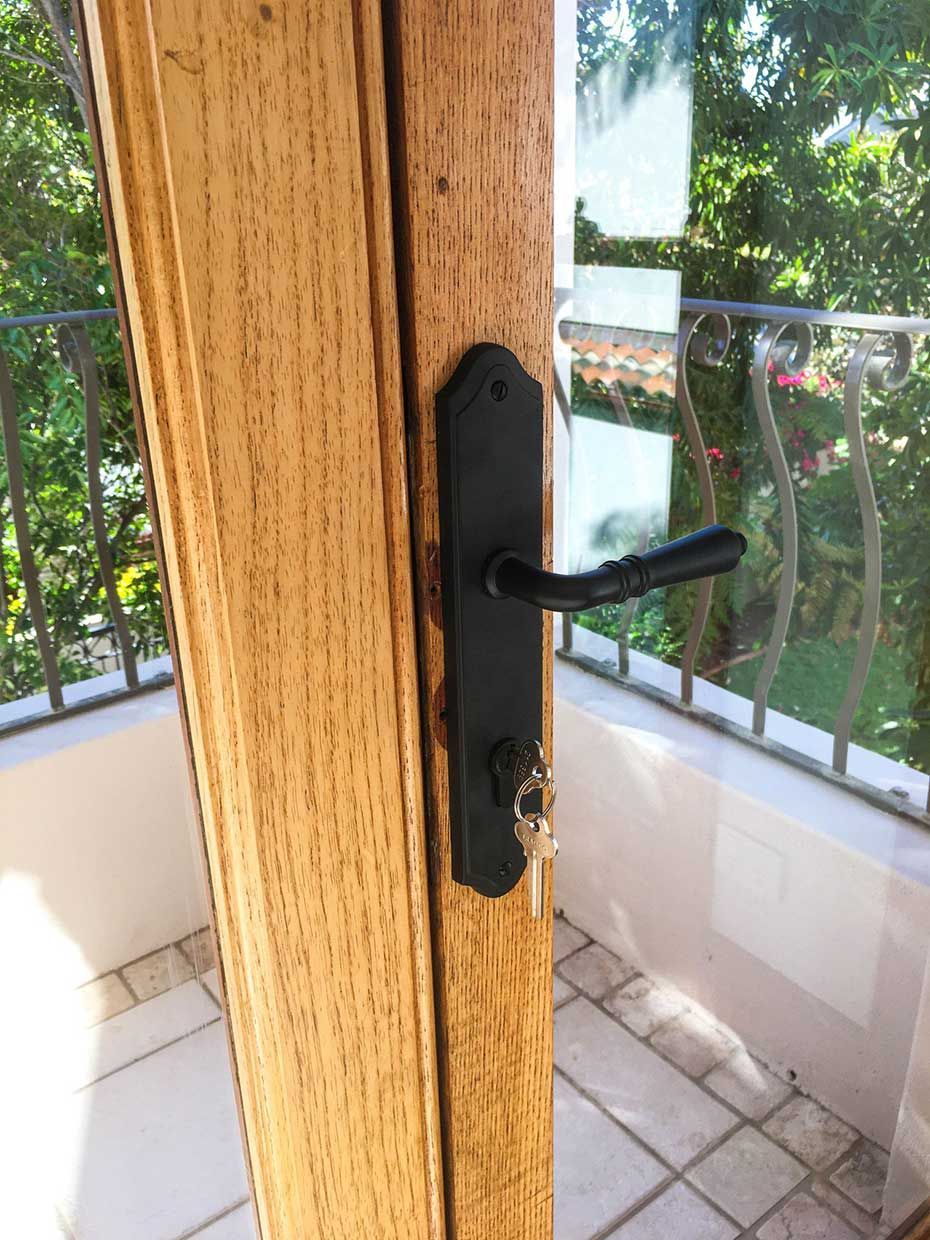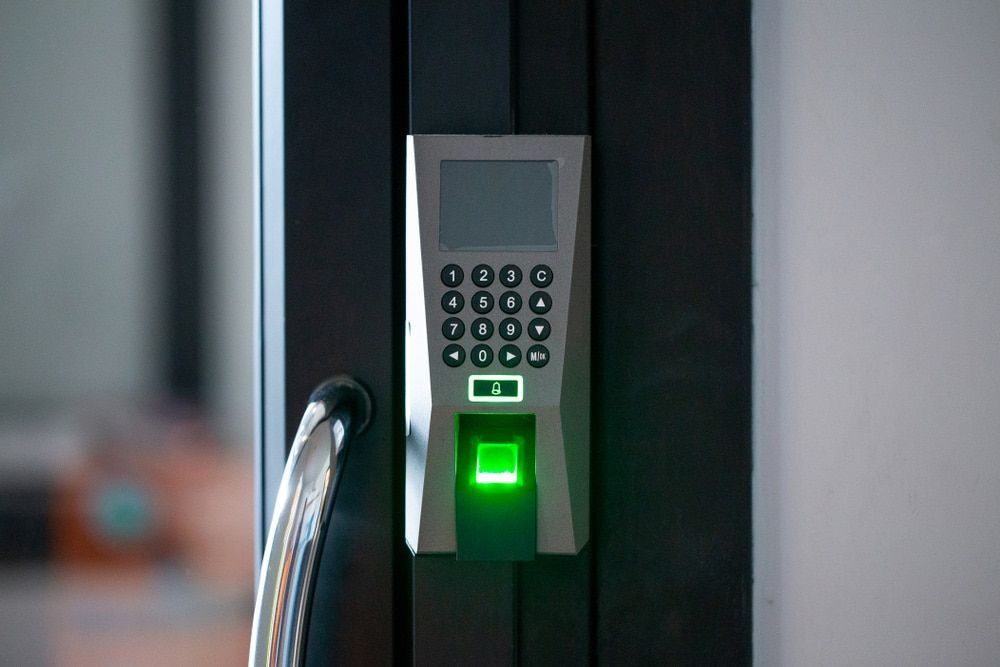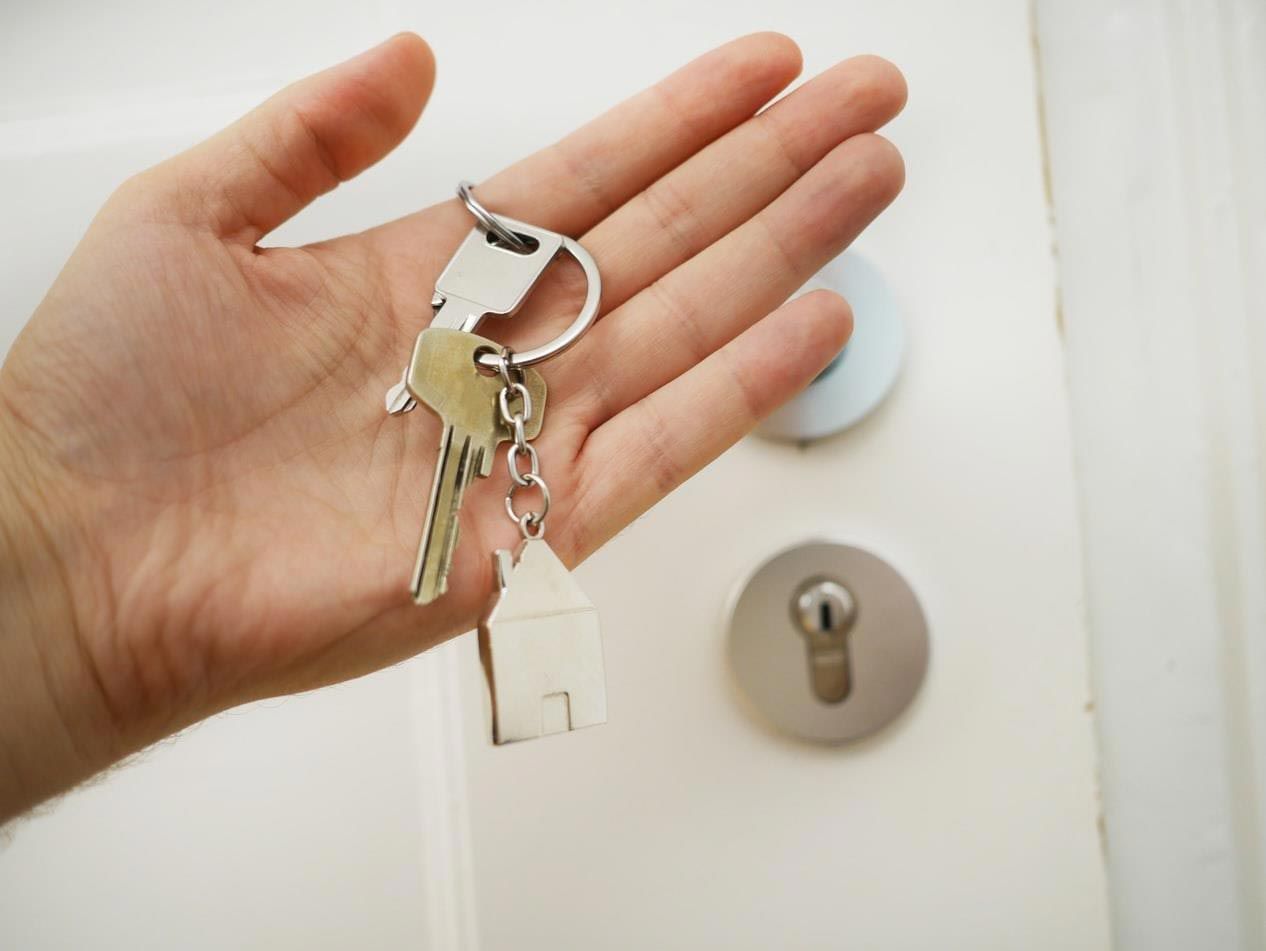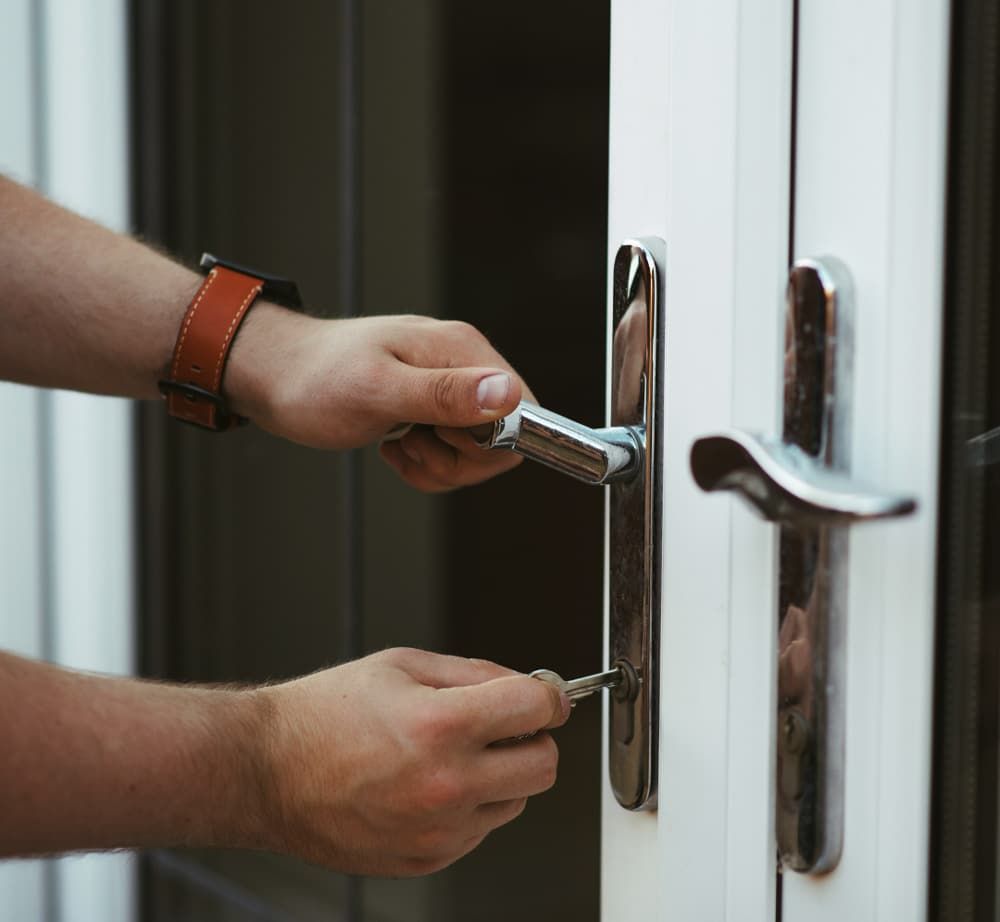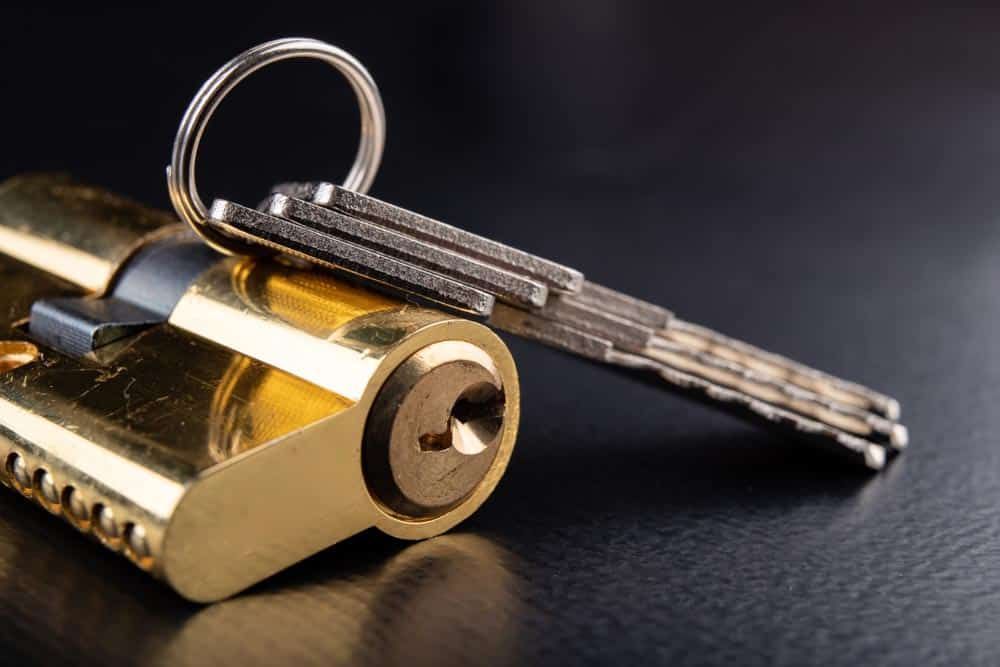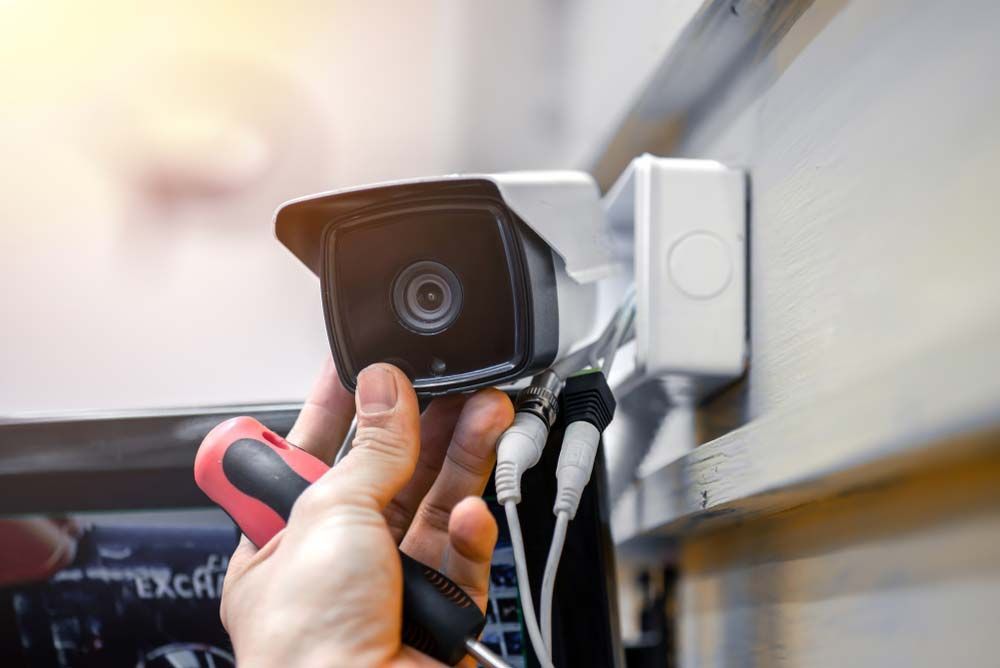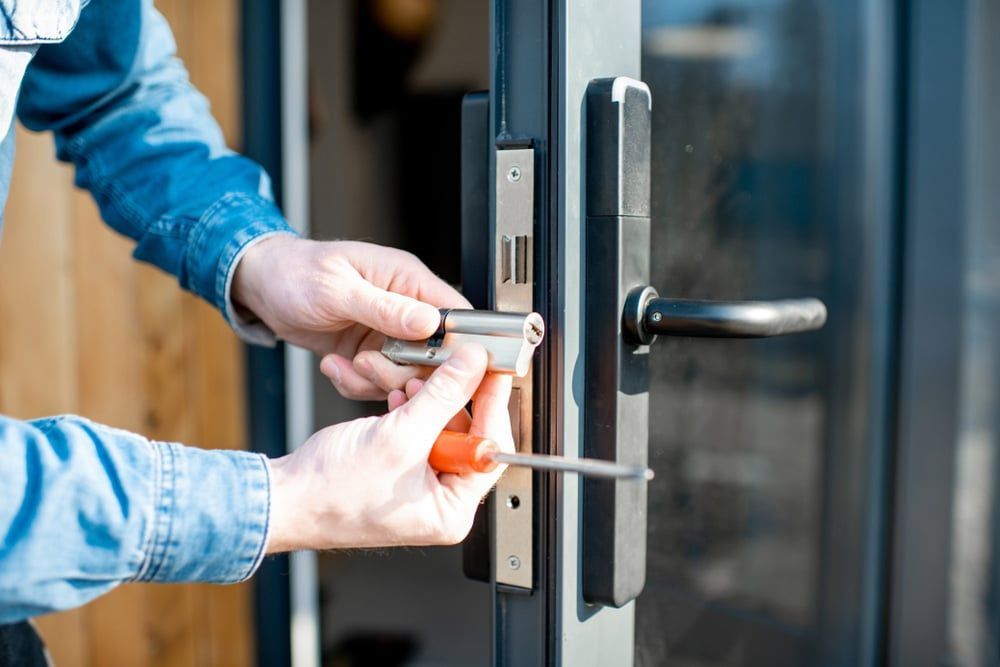How To Get A Broken Key Out Of A Lock
So, the worst has happened: you’ve inserted the key into the lock, started to turn it and… the top of the key (the head and shoulder) breaks away from the blade, leaving it behind.
From applying too much force when opening through to a jammed lock or a faulty key, there are all sorts of reasons why a key may unexpectedly snap.
The challenge for most people is working out how best to remove the remains of the key from the lock so that they can either use a spare key or purchase a replacement.
Here, we describe several different methods by which it’s possible to remove a broken key, with the best one depending on what tools (or makeshift tools) you’ve got handy.
Use A Broken Key Extractor
If you’re the type of person who likes to be prepared (or don’t mind nipping out to the hardware store to spend a few dollars in the event you’re faced with a broken key), a key extractor tool is probably the most reliable way of removing the broken key.
Key extractor tools aren’t particularly expensive, but they are frequently sold in sets, so you may end up with several redundant tools.
To use a key extractor, slide it down the side of the broken part (the biting) and try to hook one of the key’s teeth. Once you’ve managed to hook on to the end of the key, a twist and pull should be all that’s necessary to remove the broken part.
This is the method favoured by professional locksmiths and is usually the most effective (although if you’re an amateur, DIY locksmith it could take you quite a few attempts).
Hack Saw Blade
Working on the same principle as the key extractor, the blade is slid along the side of the key, with the aim of trying to catch the key teeth with the teeth of the hack saw blade. If you manage to catch the teeth, turn and twist to (hopefully) release the key.
It’s important to use a blade that’s thin, but strong enough to move the key. You may also need to take the front off the lock, to give the blade more space to slide down the length of the key.
Super Glue
This is a well-known technique that has mixed results. The idea is to fix a temporary “handle” to the broken part of the key using super glue. In theory, this should enable the “handle” (frequently a used match, a hairpin or a bobby pin) to be twisted and pulled with pliers, bringing the broken part of the key with it.
In reality, getting the right amount of glue to bond the two parts is difficult, and super glue rarely forms a strong enough bond to enable successful removal. There’s also the possibility that pushing at the “handle” in an attempt to create a good bond whilst the glue is curing will push the broken part of the key deeper into the lock.
Pliers or Tweezers
Unless you have exceptionally thin, long pliers (which is unlikely), pliers and tweezers are going to be too thick to use successfully to remove the broken piece of the key. It’s far more likely that using them will push the broken key part in more deeply.
Contact Us
Although some DIY locksmiths do manage to extract the broken key part from their lock (particularly if they invest in a key extractor), for novices with makeshift tools, the process can be lengthy and frustrating.
If your key does break off in the lock, in many cases it’s much easier to simply call a professional locksmith, who will usually be able to remove the broken key in just a few minutes.






